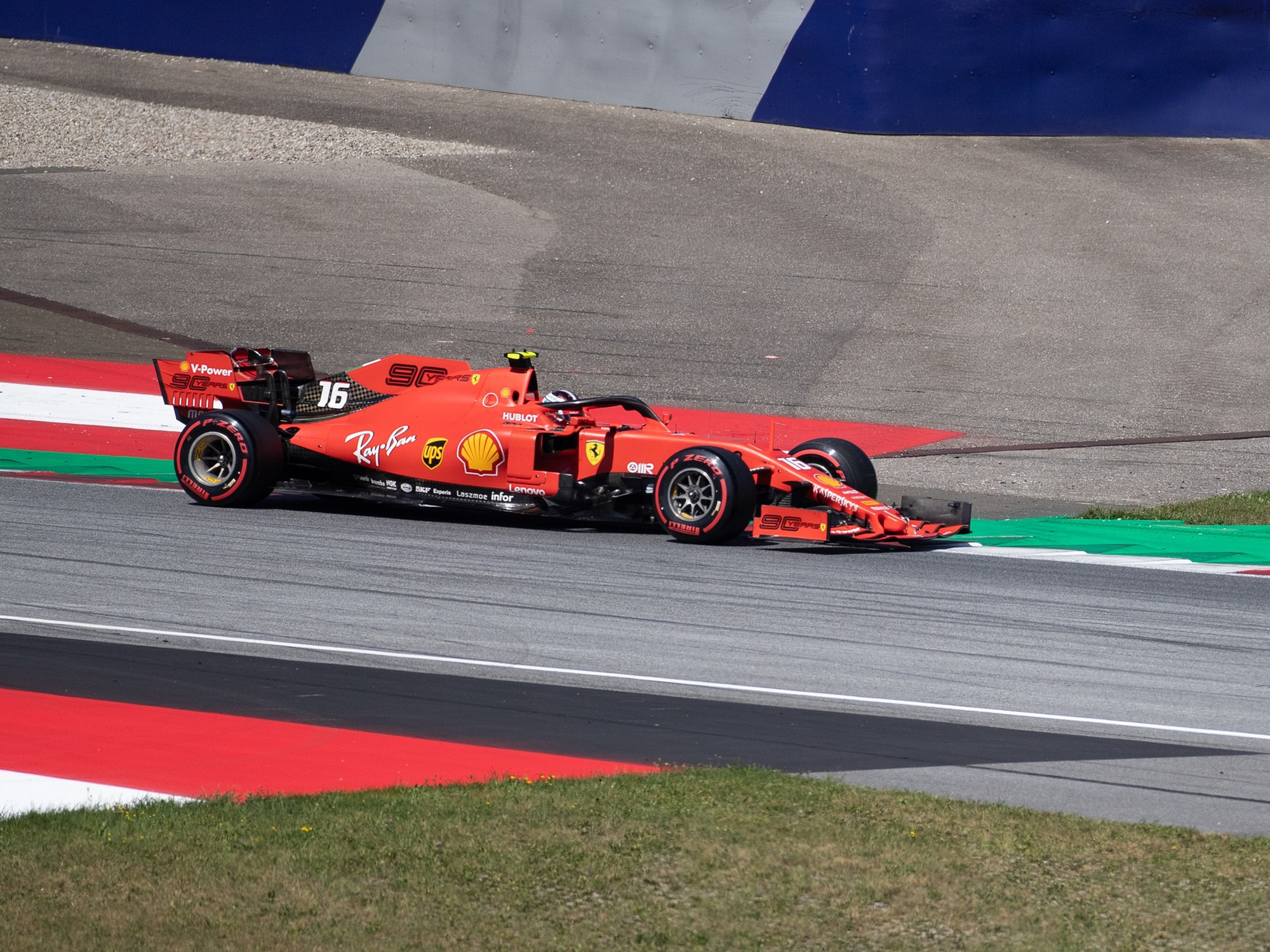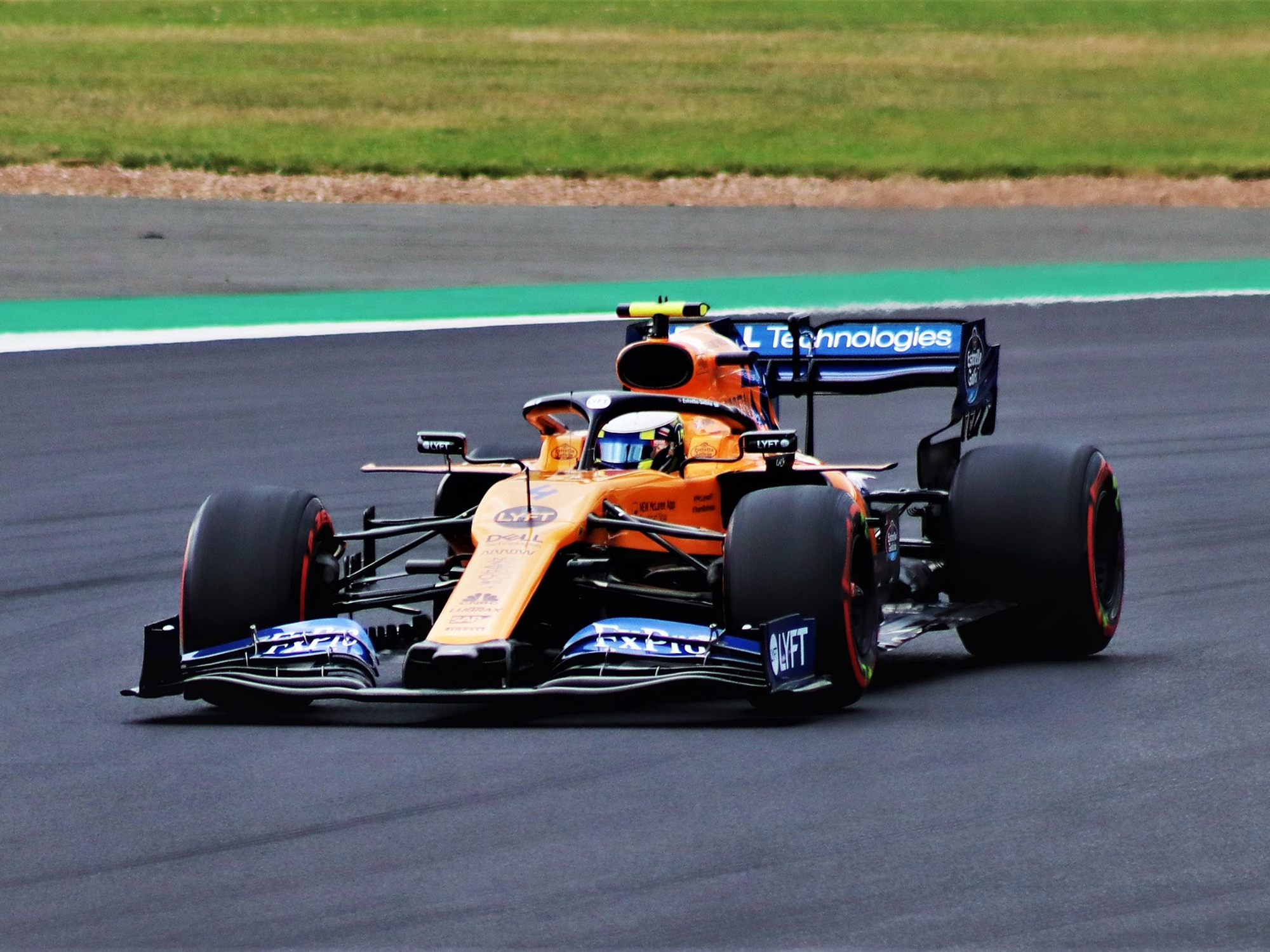
The 2024 F1 racing schedule includes 24 Grand Prix events held worldwide. Formula 1 team, travel logistics, and planning personnel don’t get to stand on podiums and spray each other with champagne, but maybe they should. The to-do lists must be insane. Moving the people who must be onsite for Grand Prix events is likely the easier part of the job, but don’t think that drivers, pit crews, mechanics, communications specialists, race managers, engineers, and other crucial personnel hop on planes and show up for the next race to find everything set up for them.
The challenges of Formula 1 team travel

F1 team travel involves transporting the equipment and supplies necessary for each team to compete in Grand Prix events. The complexity and expense of an F1 team’s equipment and its sheer bulk present immense challenges, but the teams make it work by engaging a combination of transportation modes.
Each Grand Prix event lasts for three days, plus set up and preparation before and take down after the event each consumes additional days. Eleven times this season, races are only one week apart, which allows little time for rest. Personal calendars are especially hectic when races are continents apart because of the sheer bulk of equipment and supplies required onsite for a Formula 1 race.
The specific locations of adjacent races significantly affect transporting equipment for F1 teams. When subsequent races are in Europe, freight shipping trucking companies are the most practical method. DHL has a fleet of 18 new trucks that run on biofuel, which speaks well of DHL’s efforts in sustainability, which also coincides with a major push by Formula 1 to reduce carbon emissions.
Formula 1 commitment to sustainable team travel

Even if you didn’t consider the environmental impact of a large operation that moves around the globe and the emissions from F1 race cars, sustainability is one of the organizational tenets of F1 racing. In 2019, Formula 1 publicly committed to be Net-Zero Carbon by 2030. A key effort in F1’s sustainability strategy is developing 100% sustainable fuel. That fuel will power the F1 hybrid engines that all teams will use beginning in 2026.
Formula 1 has already taken significant steps to promote sustainability with F1 teams and team travel:
- Introduced remote broadcast facilities to decrease the equipment that must be shipped to races
- Designed freight containers compatible with the most efficient aircraft
- Achieved carbon neutrality during three Grand Prix events — an ongoing effort.
- F1 was awarded the FIA’s highest accreditation level for Sustainability Management
- Worked with race promoters and other stakeholders to institute best practices for energy, plastic, waste, wellbeing and nature, and local travel.
Continuing F1 programs for sustainable team travel

F1 has also announced additional programs and efforts to promote sustainable travel:
- Organize the annual race calendar to improve freight transport and personnel travel efficiency.
- Study ways to reduce carbon emissions of fan travel
- Use F2 and F3 for sustainable fuel testing
- Promote sustainable practices throughout the motorsports community
- Continue to pursue more efficient travel arrangements and logistics for all forms of travel, including air, land, and sea.
- Maintain a leadership position in sustainable practices by looking for improvements in all areas.



